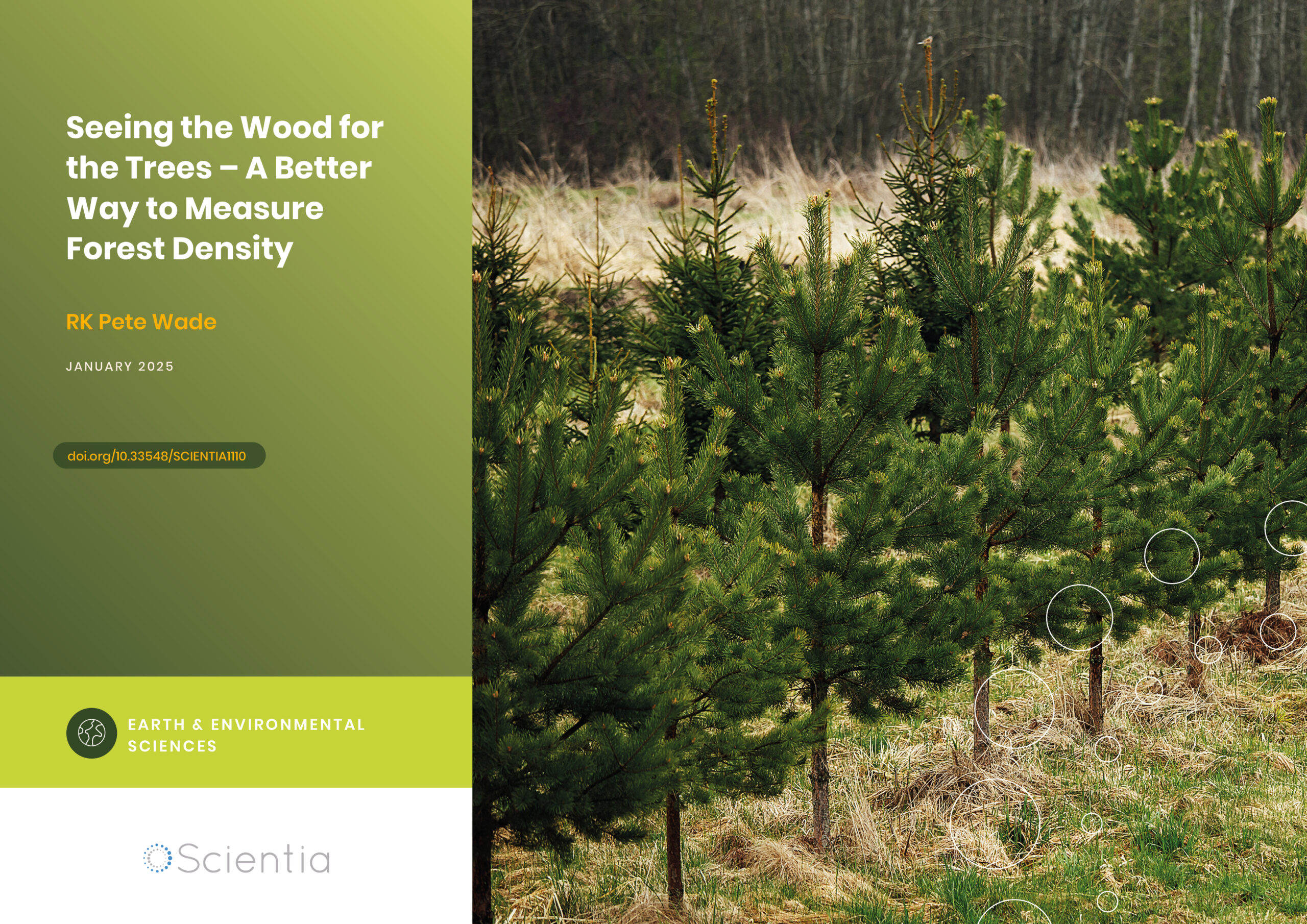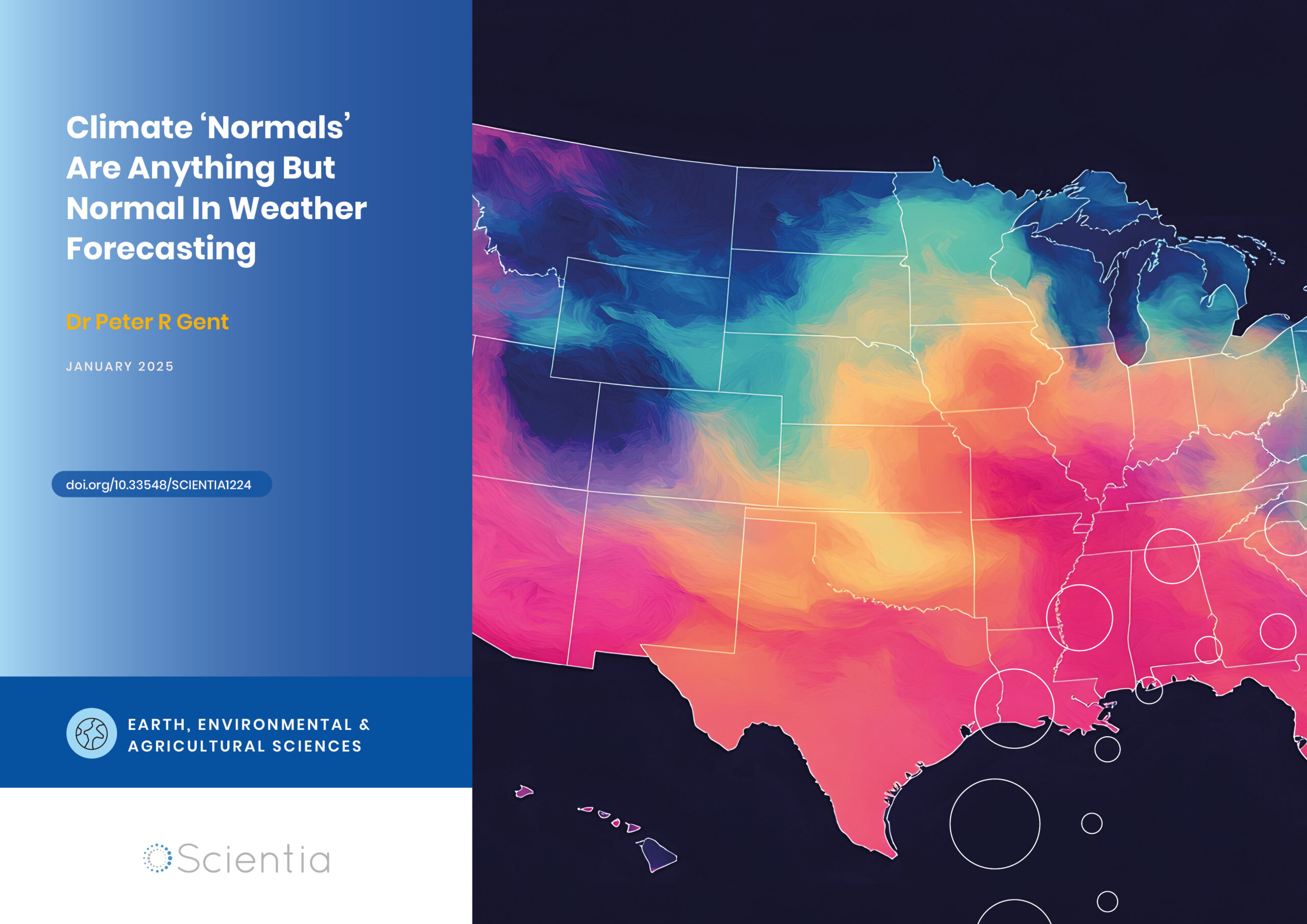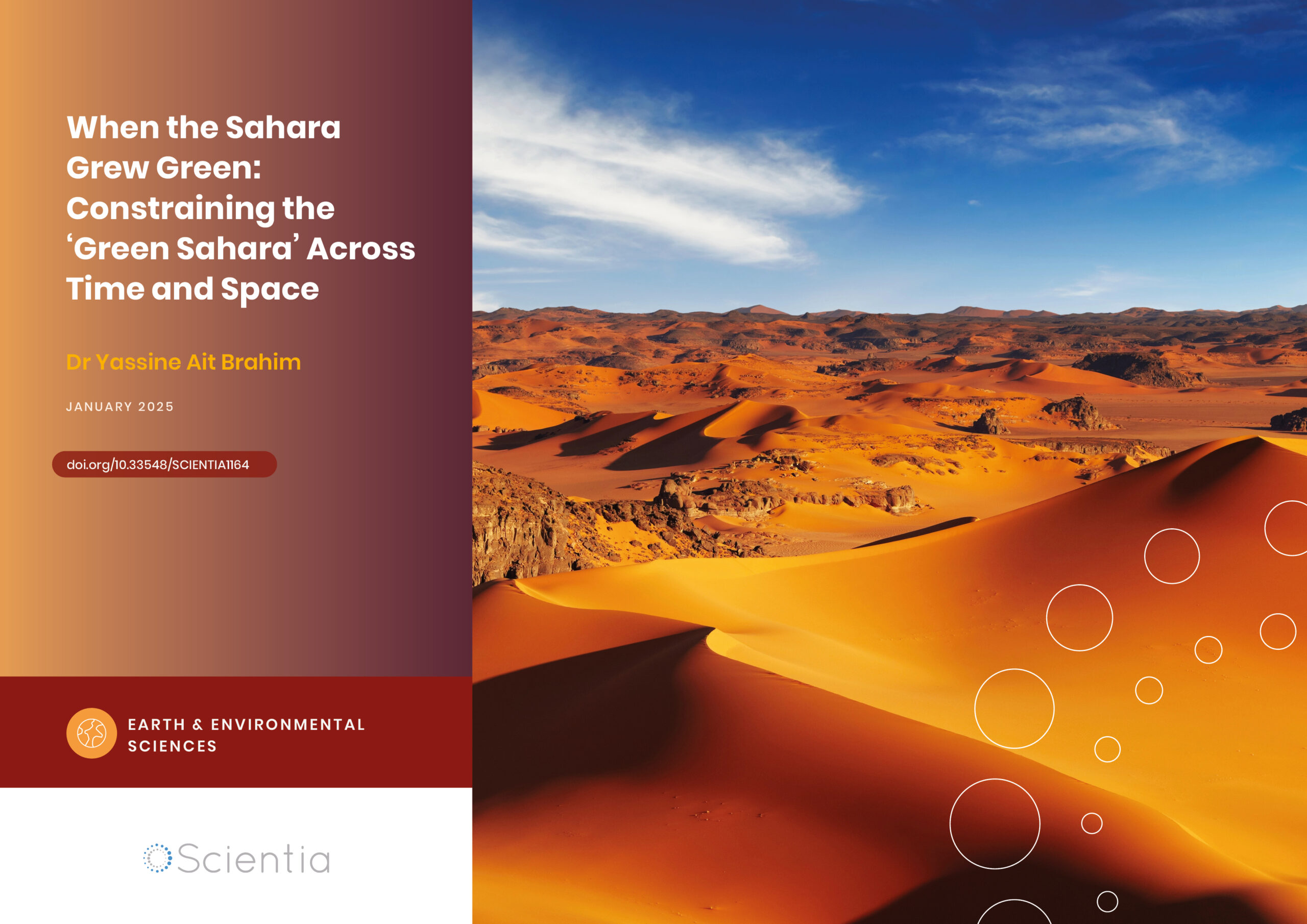The National Animal Nutrition Program | Environmental Impact of Food Animal Production
Animal food products are a vital component of the global diet, and the question of how to sustainably provide meat, milk, eggs, and fibre to an increasing world population has become a hot topic. Animal agriculture can impact the environment through pollution, greenhouse gas emissions, and the intensive use of resources such as energy and water. The National Animal Nutrition Program (NANP) Summit Committee gathered experts to share advancements in the sustainable farming of various animals used in food production and to explore the impact of climate change and the sustainability of animal agriculture.
Gathering Animal Nutrition Leaders
The National Animal Nutrition Program (NANP) promotes animal nutrition research by providing a forum for scientists from diverse but related fields to share their findings. The NANP 2023 Summit organising committee gathered experts such as ecological engineering specialist Dr Marty Matlock from the University of Arkansas; agricultural engineer Dr C Alan Rotz from the US Department of Agriculture (USDA) and Pennsylvania State University; animal science expert Dr Ermias Kebreab from the University of California; poultry and swine expert Dr Peter Ferket from North Carolina State University; and animal biosciences and aquaculture specialist Dr Dominique Bureau from the University of Guelph. These researchers work in diverse fields to address issues relating to sustainable animal agriculture from a range of perspectives.
Animal agriculture is diverse, and different practices and products impact the environment in different ways. Water and land use affects local ecosystems, and greenhouse gases (GHGs) such as nitrous oxide, enteric methane (produced by microbial fermentation in cattle), manure methane, and carbon dioxide impact the climate.
Cattle (beef and dairy), swine, poultry, and aquaculture (growing and harvesting aquatic plants, animals, and other organisms) have different GHG emission profiles and impacts on the local and global environment. Sustainable animal agriculture involves understanding the emissions and environmental impacts of each production practice and how each can be reduced.
Life Cycle Assessment in Animal Agriculture
Animal agriculture is an intricately complex production system of many interconnected variables. Life cycle assessment (LCA) emerges as a vital approach to compiling and evaluating all the inputs, outputs, and environmental impacts of a production system throughout its entire life cycle, including all the stages of the system, from consumption to waste disposal.
Ecological engineering expert Dr Matlock uses LCAs to obtain quantitative, risk-based assessments of various agriculture production scenarios to inform and enhance decision-making. Dr Matlock states that difficult decisions must be made to ensure we can feed an expanding global population, and LCA is a key tool used to inform decision-making.
LCA involves attributional analysis, which includes current and historical perspectives of a product system, assessing minor changes in production, and comparing systems, as well as consequential analysis, which evaluates the potential impacts of a system compared to its current state. LCAs are complex and can be used for any product. In the case of animal agriculture, LCAs include all aspects of the production of animal feed, transportation, animal care and feeding, meat processing, and transportation. As such, agricultural LCAs can be particularly complicated, touching on almost every part of the agricultural biosphere and technosphere.
As an example, Dr Matlock studied the climate impact of crops using LCA by adjusting parameters such as disease, insect, and weed control and found that the climate impact on corn increases when there is no disease, weed, or insect control. These studies also showed that the creation of specific feed grain or corn that cattle can more quickly convert from starch to sugar has a significantly reduced environmental impact in terms of climate change and land, water, and fossil energy usage.

Climate Change and Beef Cattle Production
Dr Rotz from the USDA combined LCA and mathematical models of entire beef cattle production systems to determine how various factors contribute to GHG emissions and climate change. He estimates that in operations across the USA, an average of 21 kilograms of GHGs are released per kilogram of beef carcass weight produced; over half as enteric methane and almost a quarter as nitrous oxide from feed production. Considering the full life cycle of beef cattle through consumption and waste, this contribution is still under 4% of the country’s total GHG emissions.
The efficiency of producing animal-derived food has improved over time, with GHG emissions from US beef production being 20% lower than 50 years ago while producing 20% more meat. However, ammonia from feed yards and pastures – which accounts for 30% of all the ammonia released in the country – and nitrogen leaching into the groundwater both have an important environmental impact.
Mitigation approaches will be essential to improving the sustainability of beef production. Dr Rotz suggests that the beef industry could reduce its environmental impact through efficient feeding, using feed supplements that reduce methane emissions, and rapid manure collection. As most GHG emissions from beef cattle come from calf-rearing and grazing (‘cow-calf operations’), Dr Rotz states that improving feed efficiency and digestibility, cow longevity, and reducing mortality all significantly impact emissions. Other options include solar panels for energy production, chemicals that reduce nitrous oxide emissions (‘nitrification inhibitors’), and strategies to enhance carbon sequestration in the soil.
Reducing water usage will also be a key point moving forward, as 2,000 litres of water are needed to produce a kilogram of beef, almost all of which goes into irrigating plants for animal feed. This water usage is particularly important in Western states that increasingly experience droughts.

Climate Impact of Dairy Farming
The US dairy industry is committed to achieving GHG neutrality (where GHG emissions related to a process are balanced by GHG removal), optimising water use, and improving water quality by optimising manure and nutrient usage by 2050.
Dairy farming expert Dr Kebreab states that the majority of methane from dairy cows is enteric, while the rest mostly comes from manure. Dr Kebreab simulated various scenarios in which methane emissions were reduced by 30% and 50% and then maintained at a constant rate. Although this kind of reduction positively impacts total emissions, it does not lead to GHG neutrality, which means the industry will still contribute to rising global temperatures. Addressing GHG emissions using several strategies, such as feed/milk efficiency, feed additives, genetic selection, carbon sequestration, and manure management, is necessary to reach GHG neutrality.
As in beef cattle production, in dairy cattle, there is a direct link between the product yield – in this case, milk – of each animal and environmental impact: the higher the yield, the lower the impact per unit of food produced. The average milk yield of dairy cows is currently 10,000 kilograms of milk per cow per year, compared to under 3,000 kilograms in the 1960s. With genetic selection practices, this could increase to 25,000 by 2050. Dr Kebreab also noted a 45% reduction in total GHG emissions per unit of food produced from dairy farming from 1964 to 2014, mostly due to improved feed production and efficiency, and greater milk production.
Around 70% of global animal emissions come from low-income countries. Dr Kebreab and his colleagues aim to reduce GHG emissions related to agriculture in low-income countries, and they have developed a feed formulation software using local feed options in local languages across Southeast Asia and Africa. This could allow farmers in low-income countries to reduce the emission intensity from their animals by formulating appropriate diets.
Sustainable Poultry and Swine Production
GHG emissions from poultry and swine are much lower than those of beef or dairy cattle. However, expert Dr Ferket states that nitrogen emissions are still significant for both animals, and reducing nitrogen emissions through improved nutrition will be the most efficient means of doing so while maintaining high levels of swine and poultry production. GHG emissions per unit of food produced, as around 60–80% of these emissions are related to feed production.
As with cattle, emissions can be lowered by improving the ratio of feed consumed to edible product through genetically selecting animals with improved growth and feed efficiency, using feed formulation strategies that minimise the presence of excess nutrients, improving feed digestibility using additives, precision feeding, and using sustainable alternatives to soybeans and corn.
Poultry grows much larger and faster than in the past, and the ratio of feed to edible products has steadily decreased over the last 70 years. Dr Ferket states that a feed formulation strategy will be key to approaching a target 1:1 ratio between feed and edible broiler products by 2025. In this case, the amount of feed required would only be slightly greater than the amount of edible food produced.
Optimising feed involves precisely determining animal needs in terms of required nutrients such as amino acids. Dr Ferket showed that feeding pigs and poultry synthetic amino acids and less crude protein reduces GHG emissions by 39% for swine and 30% for poultry.
The poultry industry is seeking to swap high-protein soybean meal for other, more sustainable ingredients, as reducing crude protein levels in feed reduces nitrogen emissions and the climate impact of feed production. Up-cycling food waste could be another key strategy, and Dr Ferket reported that adding just under 10% of thermally processed supermarket food waste to corn and soybean meal feed lowers GHG emissions, land use, and water consumption more than other feed options.

Environmental Effects of Aquaculture
The aquaculture industry – breeding, rearing, and harvesting aquatic species like fish, shellfish, and algae – is growing steadily in various regions of the world but less so in the USA. Aquaculture expert Dr Bureau stated that global aquaculture accounts for less than 0.5% of human-caused GHG emissions, about the same as sheep production. Aquaculture comprises the production of a diverse variety of aquatic species of all types and sizes. It employs production systems, feeds and husbandry methods that vary widely from one geographic region to another, making it difficult to make broad generalisations about the environmental impact of aquaculture.
The type of production system, production intensiveness, and waste disposal all impact the environment. The constraints of each system differ widely, from low-tech Vietnamese catfish pond farms where feed contributes to the vast majority of emissions to modern closed or semi-closed land-based recirculation aquaculture systems requiring elaborate infrastructures and high operating costs (e.g., energy). The latter have much higher GHG footprints, half of which are related to feed.
Dr Bureau uses nutritional models that can very accurately predict farm waste outputs, such as solid organic wastes and solid and dissolved nitrogen and phosphorus waste outputs, although he stresses that predicting environmental impact from aquaculture operations is much more complicated than simply predicting waste outputs.
Studies have shown that shrimp aquaculture operations emit about 7 kilograms of GHG per kilogram of shrimp produced. One of the issues is that many shrimp producers have limited insight into the number of live shrimp and biomass in their systems at any point in time due to limited visibility into the pond and potentially a high mortality rate. This issue often leads to overfeeding. Tackling this major issue would lower feed use in the system and, therefore, reduce the environmental footprint of shrimp farming operations. For this purpose, Dr Bureau and collaborators have developed and commercialised software applications (AquaOp Feed and AquaOp Farm) that can help improve the sustainability of aquaculture feed formulations and improve production and feeding management on farms. The broad adoption of digital tools by farmers could contribute to substantially reducing GHG emissions and waste outputs by aquaculture operations.
Impact of Food Waste
All experts at the NANP Summit highlight food waste as a significant issue. Dr Matlock stresses that while the industry aims to improve the efficiency and effectiveness of production, food is regularly thrown away at the consumer level. According to Dr Rotz, 33% of all food and 22% of meat are wasted in the USA, with similar numbers globally.
Dr Ferket also underlines the problem of food waste, stating that the economic impact of food waste in the USA is equal to the GHG emissions of more than 42 coal-fired power stations, enough water and energy to power more than 50 million homes, the amount of fertiliser used over the whole country to grow all plant-based foods for national human consumption, or an agricultural land zone the size of California and New York State combined. Potential options for reducing this food waste include adding even a small proportion of it to livestock feed or ‘upcycling’ it for this purpose by improving its nutritional quality with the addition of other ingredients.
A Sustainable Outlook
As animal agriculture shifts towards more sustainable practices, addressing food waste will be key to permanently lowering emissions, in combination with other methods tailored to each animal agriculture production process. The NANP continues to bring diverse researchers together to share their perspectives and insights, with the aim of ensuring the long-term sustainability of animal-source foods.
SHARE
DOWNLOAD E-BOOK
REFERENCE
https://doi.org/10.33548/SCIENTIA1051
MEET THE SUMMIT ORGANIZING COMMITTEE





The National Animal Nutrition Program
USA
The National Animal Nutrition Program (NANP) was established in 2010 as a forum for identifying high-priority issues related to animal nutrition. The program is supported by the Experiment Station Committee on Organization and Policy, the State Agricultural Experiment Stations, and Hatch Funds provided by the National Institute of Food and Agriculture in the US Department of Agriculture. Dr Phillip Miller (Kermit Wagner Distinguished Professor in Animal Science at the University of Nebraska-Lincoln and NANP Chair) and Dr Donald Beitz (Distinguished Professor at Iowa State University and 2023 Summit Chair) work with their NANP committee colleagues to provide an integrated, systemic approach to collecting, sharing, and disseminating science-based information to foster high-priority agricultural studies and identify gaps in both industry and research. The NANP committee organised three summits over the last ten years, allowing a wide range of animal nutrition experts to share their findings and address key challenges faced by the modern agricultural industry, with a particular focus on domestic agricultural species such as beef cattle, dairy cattle, swine, and poultry. For more information, please see https://animalnutrition.org/summits.
COMMITTEE MEMBERS
Phil S Miller, University of Nebraska
Donald C Beitz*, Iowa State University
Joel S Caton, North Dakota State University
Gary Cromwell, University of Kentucky
Ryan N Dilger, University of Illinois
Delbert M Gatlin III*, Texas A&M University
Arthur L Goetsch, Langston University
Nancy A Irlbeck*, Washington State University
Merlin Lindemann, University of Kentucky
Heidi A Rossow, University of California
Brian C Small, University of Idaho
Luis O Tedeschi*, Texas A&M University
Carey A Williams*, Rutgers, The State University of New Jersey
*Summit organising committee members
SPEAKERS
Dr Marty Matlock, University of Arkansas
Dr C Alan Rotz, US Department of Agriculture (USDA) and Pennsylvania State University
Dr Ermias Kebreab, University of California-Davis
Dr Peter Ferket, North Carolina State University
Dr Dominique Bureau, University of Guelph
CONTACT
W: https://animalnutrition.org/
FUNDING
Sponsored by agInnovation (State Agricultural Experiment Stations), Hatch Funds provided by the National Institute of Food and Agriculture (NIFA) of the United States Department of Agriculture (USDA), and TechMix (Stewart, Minnesota).
FURTHER READING
Arndt C, et al., PNAS, 2022, 119(20), e2111294119 DOI: 10.1073/pnas.2111294119
Azevedo PA, et al., Aquaculture, 2011, 311(1–4), 175–186. DOI: 10.1016/j.aquaculture.2010.12.001
Beauchemin KA, et al., Journal of Dairy Science, 2022, 105, 12, P9297–9326. DOI: 10.3168/jds.2022-22091
Bouwman AF, et al., Reviews in Fisheries Science, 2013, 21(2), 112–156. DOI: 10.1080/10641262.2013.790340
Dillon JA, et al., Animal Frontiers, 2021, 11, 57–68. DOI: 10.1093/af/vfab043
MacLeod MJ, et al., Scientific Reports, 2020, 10, 11679. DOI: 10.1038/s41598-020-68231-8
Naranjo N, et al., Journal of Dairy Science, 2020, 103(4), 3760–3773. DOI: 10.3168/jds.2019-16576
Putman B, et al., Journal of Cleaner Production, 2023, 402, 136766. DOI: 10.1016/j.jclepro.2023.136766
Rotz CA, Journal of Dairy Science, 2018, 101, 6675–6690. DOI: 10.3168/jds.2017-13272
Rotz CA, et al., Agricultural Systems, 2019, 169, 1–13. DOI: 10.1016/j.agsy.2018.11.005
Spiegal S, et al., Frontiers in Sustainable Food Systems, 2020, 4, 114. DOI: 10.3389/fsufs.2020.00114
Tedeschi LO, et al., Journal of Animal Science, 2022, 100, skac197. DOI: 10.1093/jas/skac197
Tedeschi LO, et al., Journal of Animal Science, 2023, 101, skad024. DOI: 10.1093/jas/skad024
Thoma G, et al., International Dairy Journal, 2016, 31, S3–S14. DOI: 10.1016/j.idairyj.2012.08.013

REPUBLISH OUR ARTICLES
We encourage all formats of sharing and republishing of our articles. Whether you want to host on your website, publication or blog, we welcome this. Find out more
Creative Commons Licence (CC BY 4.0)
This work is licensed under a Creative Commons Attribution 4.0 International License. 
What does this mean?
Share: You can copy and redistribute the material in any medium or format
Adapt: You can change, and build upon the material for any purpose, even commercially.
Credit: You must give appropriate credit, provide a link to the license, and indicate if changes were made.
SUBSCRIBE NOW
Follow Us
MORE ARTICLES YOU MAY LIKE
RK Pete Wade | Seeing the Wood for the Trees – A Better Way to Measure Forest Density
In the world of forestry, understanding how densely packed trees are in a given area is crucial for effective forest management. However, traditional methods for measuring this ‘stand density’ have limitations. Now, a new approach developed by an independent researcher offers a more nuanced and accurate way to assess forest density across different species and environments.
Dr Peter Gent | Climate ‘Normals’ Are Anything But Normal In Weather Forecasting
Weather forecasters and meteorologists have long used the term ‘climate normal’ to describe average temperatures, but this seemingly innocuous phrase might be causing widespread public misunderstanding. New research suggests that describing temperature data as ‘normal’ leads many people to incorrectly assume these values represent the most common or expected temperatures when, in reality, actual temperatures regularly deviate significantly from these averages.
Dr Yassine Ait Brahim | When the Sahara Grew Green: Constraining the ‘Green Sahara’ Across Time and Space
Understanding the dynamics of Earth’s ancient climate is an important avenue of research. By examining past climate variability, we can improve our understanding of natural climate cycles and factors influencing current climate change. Dr Yassine Ait Brahim of the University Mohammed VI Polytechnic (UM6P) in Morocco worked with colleagues to analyse isotopic data recovered from cave mineral deposits in Northwest Africa. This exciting research is focused on the precipitation history of the Sahara Desert, which, perhaps astonishingly, had periods of vegetation cover and mega-lakes.
Dr Festus O Amadu | The Forests of Liberia: A Pathway to Poverty Alleviation and Food Security
In Liberia, half of the population lives within 2.5 kms of a forest. Many households rely on these delicate ecosystems to support themselves. A recent study by Dr Festus O Amadu at Florida Gulf Coast University and Dr Daniel Miller at the University of Notre Dame sees sustainable forest management as a positive force in improving livelihoods and environmental outcomes in Liberia. The authors have produced a landmark national analysis of how participation in the ‘forest sector’ impacts Liberian households – providing policymakers with the evidence they need to prioritise development programmes.





